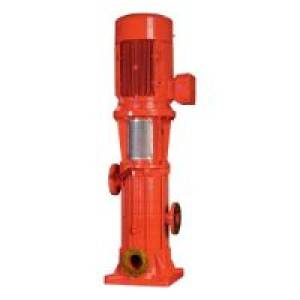
This comprehensive guide, FIRE FIGHTING, provides essential knowledge and practical skills for preventing, responding to, and mitigating fire incidents. Whether you're a homeowner, business owner, first responder, or simply interested in enhancing your safety awareness, this resource equips you with the understanding and tools necessary to handle fire-related emergencies effectively.
What this guide covers:
Who should use this guide?
Benefits of using this guide:
This guide is not a substitute for professional fire safety training. Always consult with qualified professionals for specific guidance and training.